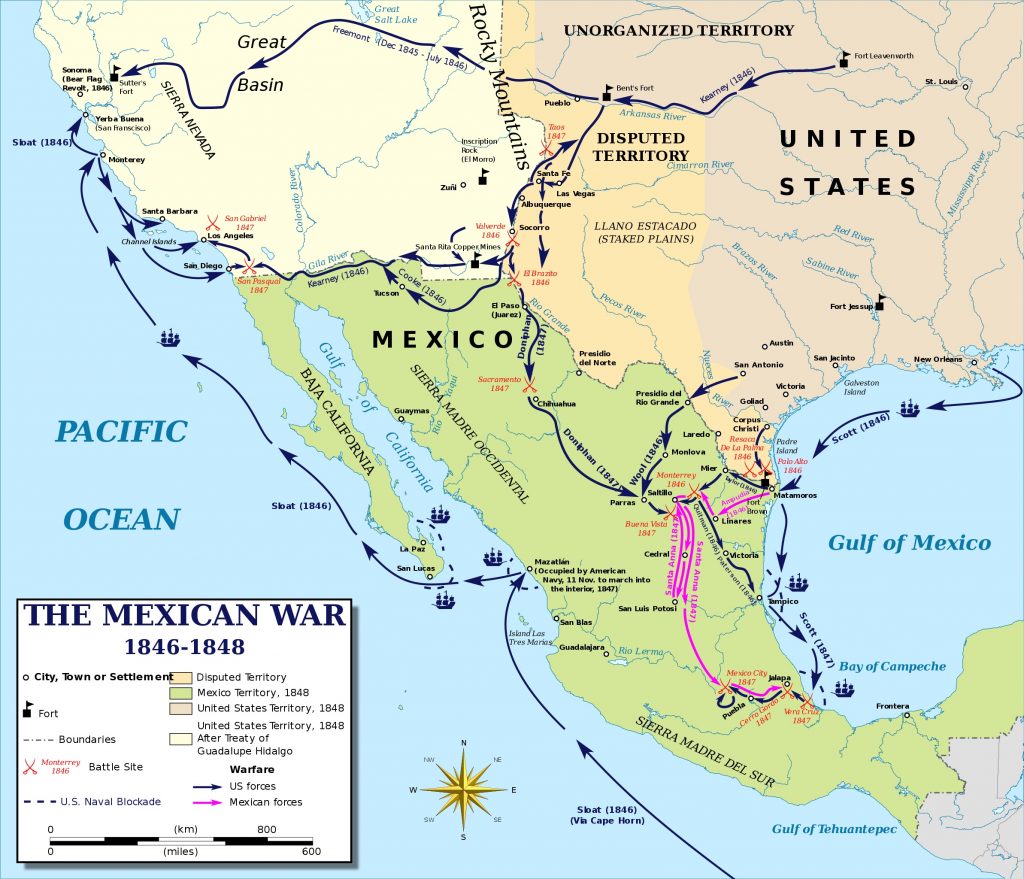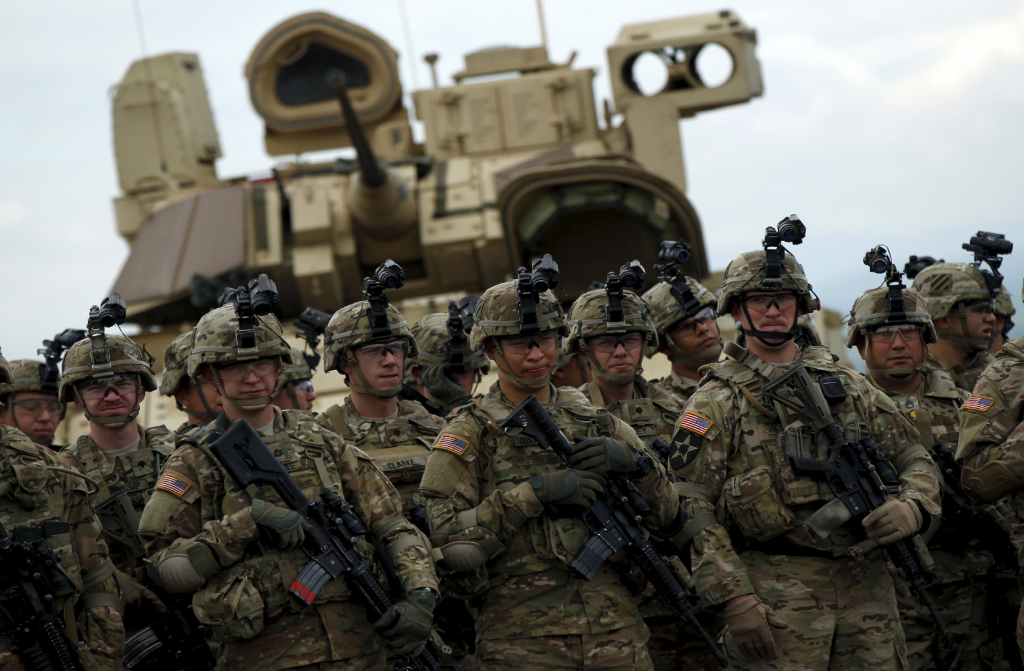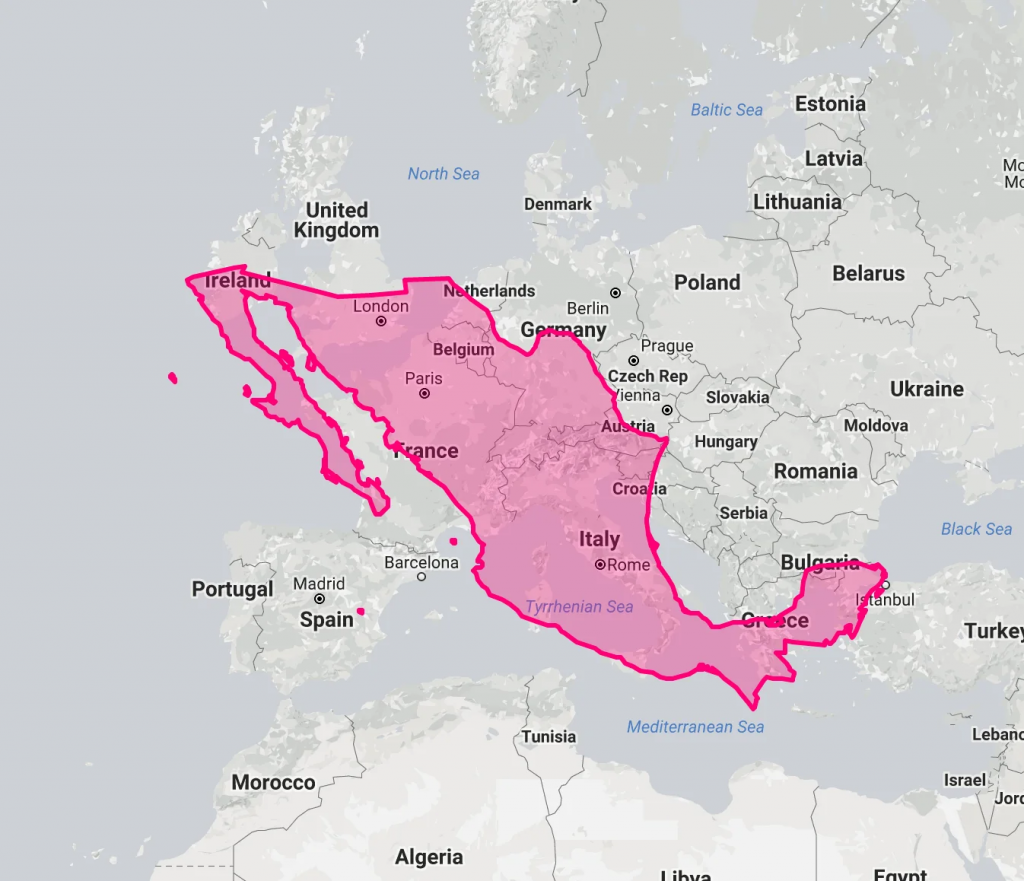The Second Mexican-American War
This article is part two of a two-part series. Read the first part here: https://defensepoliticsasia.com/the-second-pacific-war/

As the world looked away, enthralled, with the actions of America abroad, primarily in Afghanistan and Iraq, but not exclusively so and then as it became enthralled, in more recent years, with the various developments that have occurred, ranging from the rise and fall of ISIS to the development of the COVID-19 crisis and most recently, the crisis in the Ukraine, far more disturbing developments closer to home, have been sidelined and ignored.
Namely, the developments that have been occurring in Mexico and the greater Latin American region. In other words, the Cartel War that the Mexican Government has been engaged in since 2006, which has only grown exponentially in the years since, with the size, scope and scale of the conflict growing, even as the capabilities of the Cartels and their effectively paramilitary forces, as well as the violence that they are both willing and capable of performing, is also escalating.


Here, the matter is two-fold and intertwined; on the one hand, the Cartels. On the other, the dangerous products they distribute; the lethal narcotics that are tearing through not just the United States, but also overseas, in Europe and beyond. This has become particularly the case in recent years, where, on the one hand, the importation of cocaine from Colombia via neighbouring Venezuela to Europe, has grown multiple times over and on the other, the importation of the lethal fentanyl drug into the United States has likewise exploded, creating an epidemic of unprecedented size, scope and scale.
To his credit, yet also not, United States President Donald Trump at least attempted to address the issue of the two-thousand-mile-long border that the United States shares with its southern neighbour, the United States of Mexico, which is used by neighbouring organised crime syndicates to import the manufactured drug into the world’s largest drug market, en masse, through the construction of his infamous “big, beautiful wall” at America’s southern border. This wall, literally a series of physical barriers spanning the United States’ southern border, was designed to both stem the tide of illegal immigrants and of illegal smugglers. Unfortunately, the United States Congress refused to grant him the funds to build it and likewise refused to sponsor other efforts to reinforce the southern border, instead opting to continue its myopic focus on foreign affairs, at the expense of domestic ones.

In recent times, however, there have been chest-beating incidents that emerged from Washington in regards to both China and Mexico, as the two major factions in the American government have vied for the attention of the American public, in their attempts to draw them into supporting their own respective causes, at the expense of the other’s. Let us examine this further.
The Art of War
Despite its attempts to pretend otherwise, the United States simply cannot sustain any multi-front large-scale military engagements any more. Its 20th century policy of maintaining enough military capabilities to effectively engage enemy forces on “two-and-a-half” battlefields simultaneously, is now defunct. This means that the United States must choose very carefully where and when to expend itself – especially after its recent spending spree in support of the Ukrainian State, which saw the United States and its NATO allies both, effectively empty out any and every warehouse they had, right down to the rivets, in a very shortsighted manoeuvre that will no doubt have very long-term consequences for America’s fighting ability (let alone Europe’s), in the coming years.

This is especially critical as the Cartel War on the southern border continues to escalate. This is important to note, because it is quickly becoming evident that the Mexican Government lacks either the volition, the capability, or both, to effectively engage with the Cartels and exterminate them, once and for all. At that point, then, the question inevitably becomes; who can – or will? This is not the correct question to be asking, however. Rather, the correct question that one should be asking is; who must intervene? The answer, is, of course, quite obvious.
The only problem, is that a full-scale Mexican-American War, will require a significant amount of effort on behalf of the United States. For, not only will the conflict drag on for years, but it will also require a significant investment of human capital (soldiers – “boots on the ground”, so to speak), to make it an effective military force capable of engaging the Cartels in what will effectively become the greatest guerrilla conflict in American (if not world), history. This, for a multitude of reasons, the most important of which, to make a long story short, however, are the following;

– Mexico’s geography, as Peter Zeihan has famously pointed out, is much akin to that of Afghanistan’s, making it ideal terrain from which to stage a long-term insurgency from. Indeed, multiple mountain chains crisscross the country, with the two largest (the Sierra Madres Occidental and Oriental) prominently jutting up from the coast. Then there is also the size issue; Afghanistan itself was “merely” almost twice the size of Germany. Mexico, on the other hand, is as big as Spain, France, Germany and Poland combined.

– Mexico’s Cartels have long-recruited from the ranks of the Mexican Armed Forces, meaning that, unlike in the case of the ill-trained and ill-equipped Taliban forces that the United States faced off against in Afghanistan for two long, arduous decades, the Mexican Guerrillas will be equipped with modern weaponry and will be able to rely on modern training.
With all of these facts taken together, one can only help but come to one simple conclusion; the United States will no more go to war with China than it ever did with Iran, despite all of the chest-beating towards this during the later years of the Bush Presidency and the early years of the Obama Presidency, before the events of the Arab Spring (2010-2012) and its consequences embroiled the Middle East in chaos. The United States will, however, inevitably be forced to engage with Mexico in some sort of a military campaign that will be quite costly and draining for America’s already-limited military capabilities.

In this way, it is quite ironic that America’s next military adventure will both spell the end of the American Empire’s ability to operate abroad on any broad scale, while also elevating the Monroeists to the pole position, through the inadvertent promulgation of their “America First” policy by reorienting America’s military acumen into operating where it is most required; in America’s immediate neighbourhood, rather than on some desolate wasteland on the other side of the planet.
When the Guns Fall Silent
Finally, there is one last matter to consider; 2023 marks the 247th anniversary of the foundation of the United States, in 1776. There is no doubt, in my mind, that the United States will be in some way engaged in Mexico upon its bicentennial, in 2026. However, in the aftermath of the Second Mexican-American War, there will finally be an opportunity for the United States to consider doing something different.
To date, the United States has spent 225 years out of the 247 years of its existence at war – meaning, it has effectively been at war, in one form or another, for over 90% of its existence, thus far and at peace, for only 22 of those years; not even a quarter of a century, in total.


Of course, it should be noted that, indeed, the initial conflicts the United States engaged in, earned America much in terms of land, security and resources – yet ultimately, in the last few decades, America’s foreign ventures have been, more than anything, a pointless and highly expensive drag upon the American economy, which the United States can and should very easily do without, in the future. Indeed, it is a statement often-repeated, but it bears stating even here; despite the fortunes wasted, the United States has not actually won a single major military engagement they have directly participated in, since 1945.
Even their two recent major military campaigns in Afghanistan and Iraq, were unmitigated disasters that cost fortunes and ultimately brought the American public nothing of concrete value; the Taliban have returned to power, whereas Iraq has become internally split and remains unstable, with different factions and powers vying for influence.
Unfortunately, the United States has addicted itself to war, or at least a wartime-like mentality and it will take significant effort to move it away – and in particular, to keep it away, from such mindsets.
This article is part two of a two-part series.
Read the first part here: https://defensepoliticsasia.com/the-second-pacific-war/

